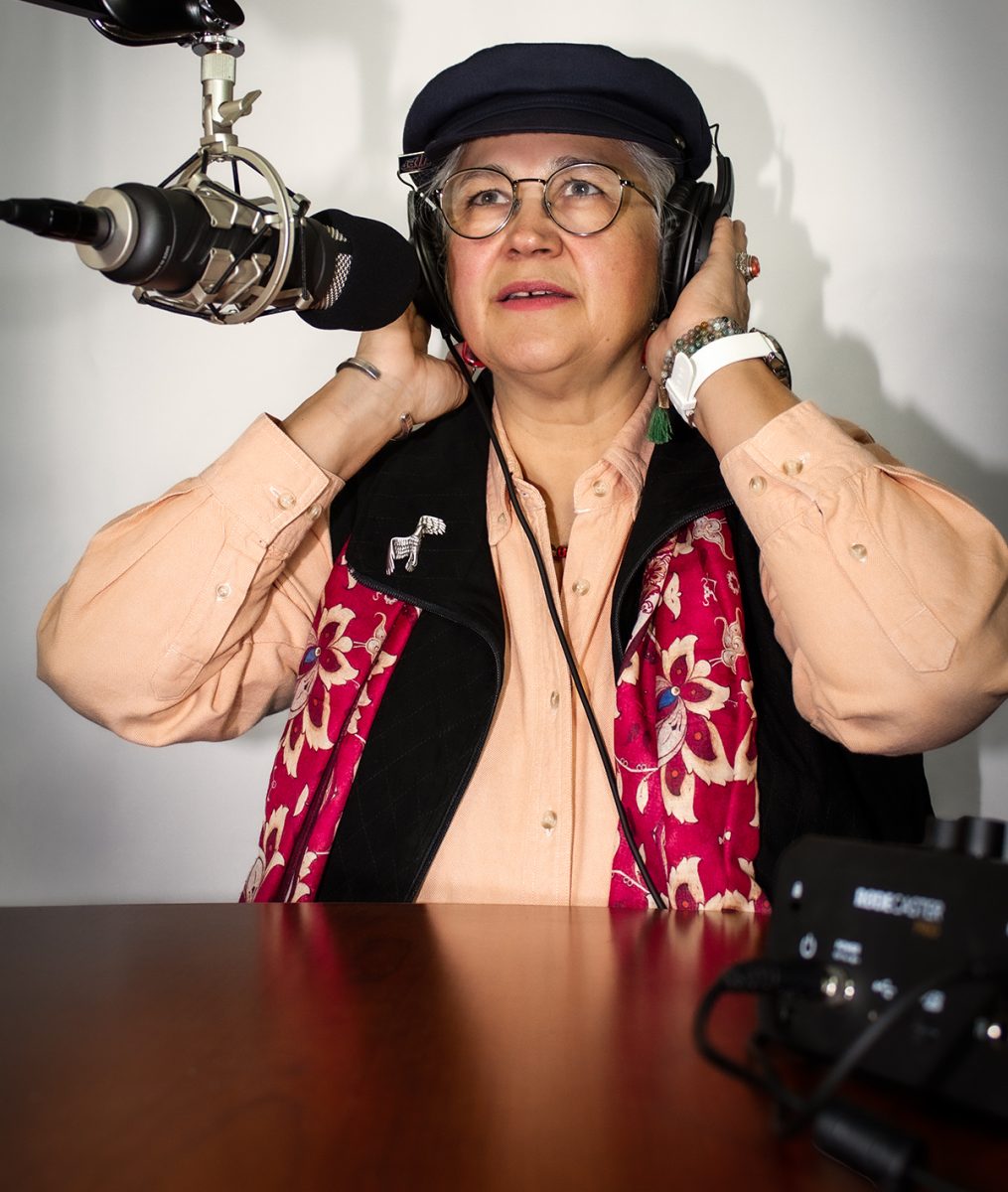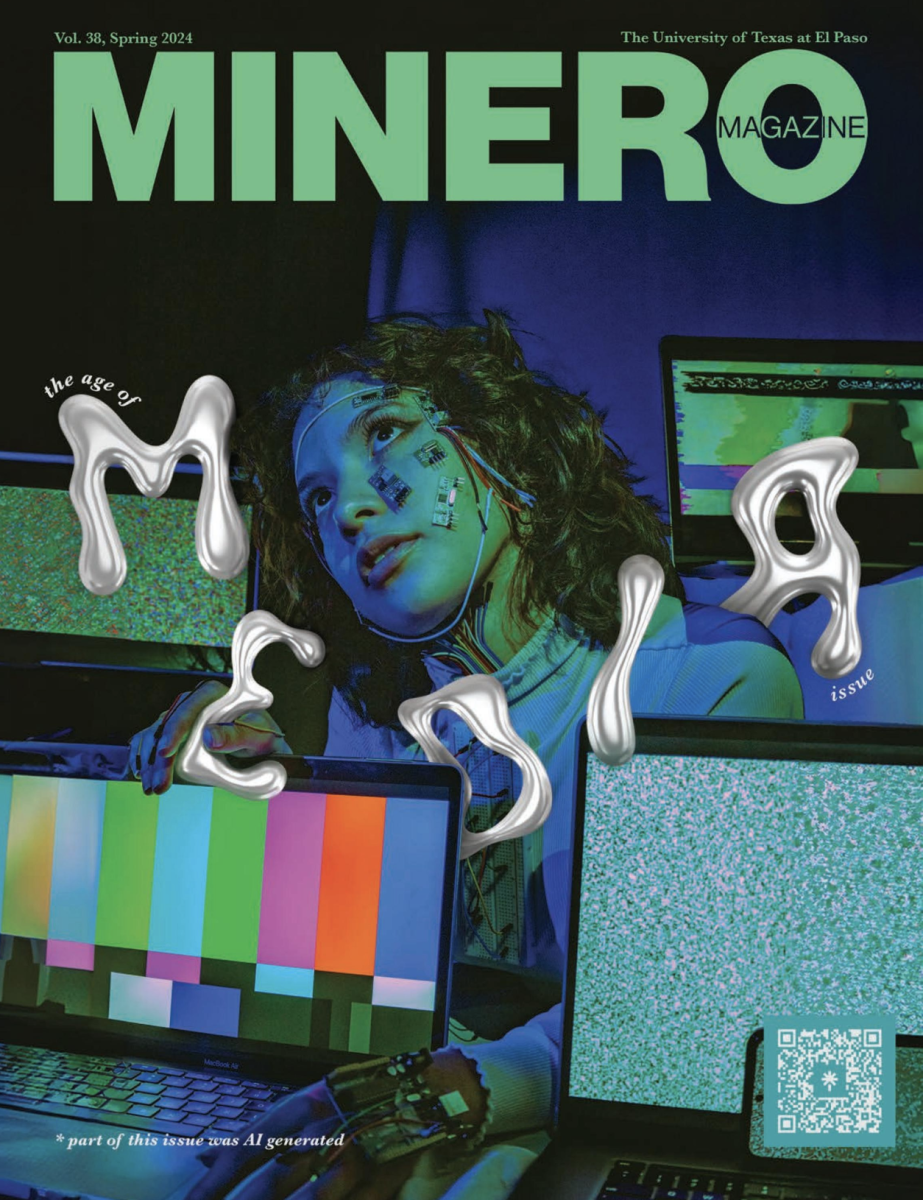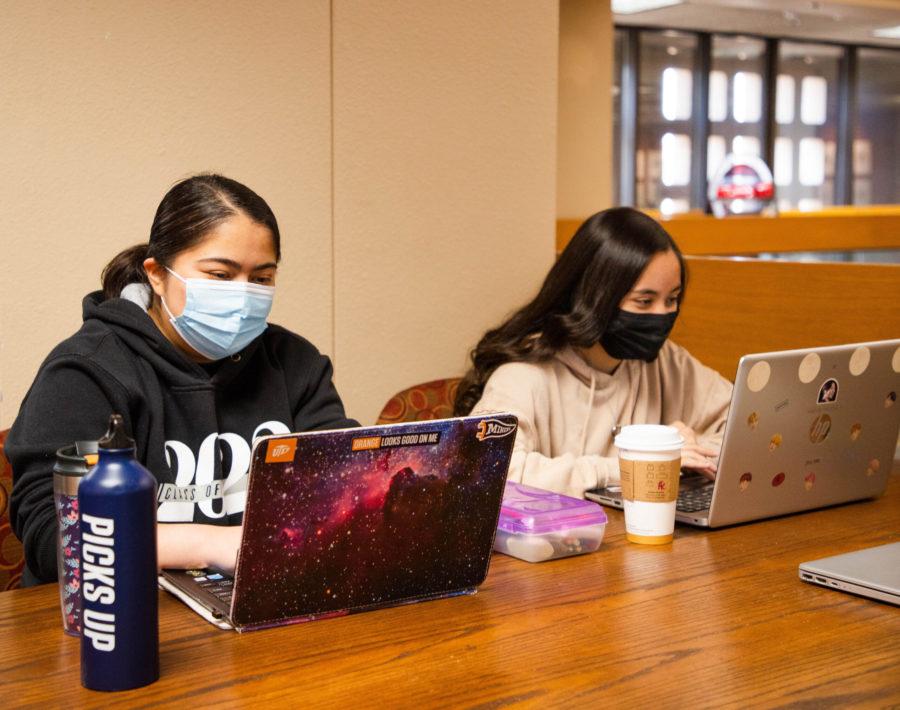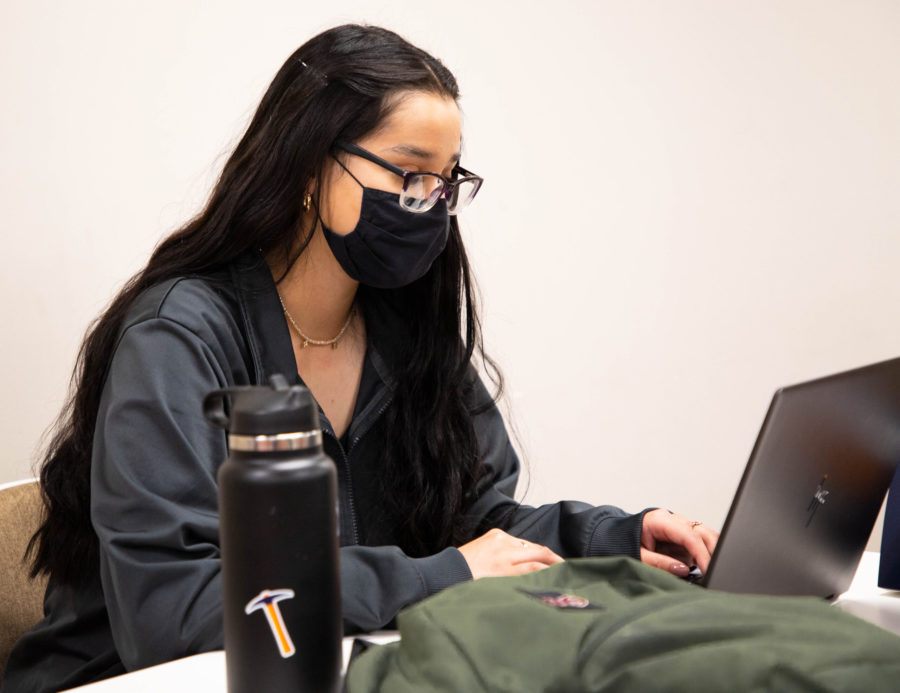Smoking one pack of cigarettes equates to twenty cigarettes a day. Now, multiply that by three and that’s the average amount that a heavy smoker might go through in a day. You’ll discover that more than 720 milligrams of nicotine have entered the blood stream.
According to the Centers for Disease Control and Prevention (CDC), more than 16 million Americans live with a disease caused by smoking, and each day, more than 300 people younger than the age of 18 years become daily cigarette smokers.
“I started smoking cigarettes at the age of 15. It escalated pretty quickly, at 16, 17, I started smoking like two packs a day,” says Dominique Amador, a worker at The Vapory, a local vape shop.
Amador was in sports throughout high school and participated in mixed martial arts outside of school. After he began smoking, he started to notice that his participation in these activities began to cut in half.
“It got to where I would be laying down at night and I could feel a pressure on my chest, that pressure would start building up and I would just have these horrible coughs,” Amador says.
“So, I got into vaping. Actually, I quit and went cold turkey for about a year, but then I started getting these habits. I would start going to corner stores and try to look for something to maybe eat or drink, realizing that I just went there to buy a pack of cigarettes. So, that’s how I picked it up. It turned everything around. It changed my life a little bit,” Amador says.
His habit, he says, could be related to his father.
“I skipped out on my dad and we were apart for seven years. But, I remember he smoked cigarettes. So, it could’ve been a genetic thing because I remember smelling cigarettes. Just the smoke in the air reminded me of my father. So, it made me start kind of picking it up from there,” Amador says. “I go through about a 20 mL to a 30 mL a day at a 3 percent nicotine. It all depends on exactly what the mood is that day. If it’s a stressful day, I’ll do it more so than others. I’m not so much a chain vaper although, I do vape quite frequently.”
Nicotine levels in vapes vary from 36 mg/mL to 42 mg/mL depending on the manufacturer. According to veppocig.com, an online vape shop that specializes in a “premium experience” using vape juices and accessories, selecting the correct nicotine level is important and should depend on how much nicotine a person’s body got accustomed to before when smoking a traditional cigarette.
There are currently three different forms of e-cigarettes: tanks and mods, rechargeable e-cigarettes, and disposable cigarettes. Some of these versions are made to look like regular cigarettes, USB sticks, pens, and other items you might find on a day-to-day basis. These devices offer a wide variety of flavorings, skins and colors as well as chemicals that are used in the juices.
Scientists are still learning about the long-term effects of e-cigarettes. According to the CDC, here are some facts that scientists are fully sure of:
- Most e-cigarettes contain nicotine, which has known health effects.
- Besides nicotine, e-cigarette aerosol can contain substances that harm the body.
- E-cigarettes can cause unintended injuries.
Additionally, e-cigarettes are not currently approved by the Food and Drug Administration as a quit smoking aid, according to the CDC. In fact, U.S. Preventive Task Force, a group of health experts that make recommendations about preventive health care, concluded that the evidence that has already been collected is insufficient to recommend the electronic alternative for smoking cessation in adults. However, the CDC does state that e-cigarettes may help adult smokers if used as a complete substitute for all cigarettes and other smoked tobacco products.
“It’s just a substitute for cigarettes. I believe that if you don’t smoke cigarettes, you should not start vaping just to pick up the habit,” Amador says.
Researchers at The University of Texas at El Paso’s School of Pharmacy (SOP) are warning that e-cigarettes might actually lead to serious heart conditions.
“It really is not safe,” says Fadi Khasawneh, Chair of Pharmaceutical Sciences at UTEP.
Khasawaneh and Fatima Z. Alshbool, Assistant Professor of Pharmacology at UTEP, are researching the different effects of e-cigarettes.
“I’m trying to answer the question: are e-cigarettes safe for cardiovascular systems?” Alshbool says.
In Alshbool’s study, he observed platelets in mice exposed to e-cigarette vapors over five days became hyperactive, causing blood clots to form. Platelets are blood cells that help the body form clots to stop bleeding. Hyperactive platelets ultimately form blood clots and in turn, this causes heart attacks and strokes.
“What was alarming is that even that short-term exposure, which is really just basically someone vaping for a week, increased the rate of heart attacks,” Khasawaneh says.
While the study raised concerns about e-cigarette use in humans, Alshbool and Khasawaneh stressed that there still needs to be more research done on the effects of vaping on youth.
“I do have family members who have cardiovascular diseases that are all due to cigarettes. So, it deepened my interests in tobacco in general,” Alshbool says. “But, being here in the United States and hearing about all these trends regarding e-cigarettes and you can see, the teenagers are now vaping, it touched my heart to see these kids and imagine my kids vaping.”
According to Alshbool, the appearance of e-cigarettes has become attractive to youth as some devices look like a USB.
“The FDA announced that there is a survey that shows that e-cigarette usage among high school students increased by 38 percent from last year to this year.”
The 2018 National Youth Tobacco FDA Survey showed alarming increases in current use of any tobacco product. This is primarily because of an increase in e-cigarette use. The data in the survey shows that 1.5 million more students used e-cigarettes in 2018 than in 2017. Furthermore, the data shows that more than 3.6 million youth used e-cigarettes, making them the most commonly used tobacco product in 2018.
“They started getting rid of them because they look too kid-friendly,” Amador says about Juul pods being taken off the market.
In March 2019, the FDA issued a policy restricting how and where flavored e-cigarettes are sold. According to an article by the Washington Post, the initiative would limit sales of fruity and kid-friendly vaping products to stores that bar minors.
“I personally think that if kids are going to want to get something, they are going to get it regardless of what their parents or old people are going to think,” Amador says. “But I don’t think it’s cool. I think they should get out of that trend.”
Buying vapes, Juuls, mods or any sort of e-cigarette seems to get harder and harder every day. The $15 billion-dollar startup for e-cigarettes called Juul, including other large e-cigarette manufactures, were caught under investigation by the FDA in September 2018 when Commissioner Scott Gotlieb released a statement about his concern over the “epidemic of nicotine used among teenagers.”
This investigation has led to the companies ceasing their sales in stores, gas stations and other major markets for their product.
Alshbool and Khasawneh both agreed and encouraged e-cigarettes being used as an alternative to help transition smokers away from traditional cigarettes and completely discouraged non-smokers from using e-cigarettes. They also noted that if one had to choose between starting the habit with a traditional cigarette versus an e-cigarette, the latter is better when considering that users can choose the nicotine levels they decide to intake.
“Even if it doesn’t have nicotine, you’re still looking at the habit. When I vape, I don’t even vape in front of my little brothers and sisters or any kids for that matter because I don’t want any kids picking up the habit,” Amador says. “Vaping for me is strictly substitution for cigarettes. I don’t recommend anyone who is under 18 to start doing it especially because nicotine is a drug.”
By Brandy Ruiz






































